Analysis on the Influencing Factors of Imaging Quality of High - definition Industrial Lenses
HD era is already coming, the industrial lens as optical system components naturally should be more closely follow the pace of the times. In terms of industrial lenses, high-definition lens refers to the megapixel lens, which compared with ordinary lenses, with higher clarity, higher spectral correction capability, stronger spectral transmission capacity. A good industrial lens, resolution, clarity, depth of field, etc. will have a good embodiment of high-definition industrial lens is even more so, what factors can affect the quality of high-definition industrial lens image quality, this paper will From the manufacture of materials, technology and technology to resolve three aspects.
Factors A: Material
In the product manufacturing process, the choice of material often directly affect the final product quality, high-definition industrial lens is also true. At present, the most common lenses are glass lenses, composite lenses and resin lenses, three different lenses suitable for different materials applications. For example, in surveillance applications, because the resin and composite lenses in high temperature and exposure to the conditions of aging, deformation, therefore, the glass lens is the best lens material. The best material for the application can make the lens in the imaging process to play the biggest role, and inappropriate material will directly reduce the quality of the lens, thus reducing the image quality.
Factors affecting two: process
Different products manufacturing process is different, even the same product will also exist in different manufacturing processes, and different processes to produce the product will naturally there is a corresponding difference. Coating in the color reduction and processing polarizing color cast has a great role, and the lens coating process there are many, then, different coating process will make the lens in the color reduction and polarization of color processing differences. In addition, the coating process also directly affects the transmittance of the lens, the lens lens light transmission capacity, and the size of the light transmittance directly affects the clarity of the lens level, especially in high-definition industrial lens in low light environment Imaging quality.
Influential factors: technology
Aspheric technology is an important factor affecting the clarity of lens, especially the edge part. Aspheric lens can effectively increase the amount of light transmitted through lens edge, and effectively correct the aberration blur caused by spherical lens. At present, the commonly used aspheric surface of the main production process for the edge of the glass lens grinding process and directly in the glass spherical surface coating in two ways. For high-definition industrial lenses, aspheric technology is to protect its high-definition imaging of one of the keys.
Machine vision system is mainly composed of image acquisition and image processing, in which the image acquisition part also includes light source, lens, camera and other components, which play an important role in the process of machine vision technology, and are indispensable System "member". As we all know, the basic function of the lens is to achieve the transformation of the beam, therefore, in the machine vision system, the lens's main role is to target the image sensor in the camera's photosensitive surface is the machine vision technology imaging basis for the entire image acquisition The implementation has a direct impact.
Product recommendation
TECHNICAL SOLUTION
MORE+You may also be interested in the following information
FREE CONSULTING SERVICE
Let’s help you to find the right solution for your project!



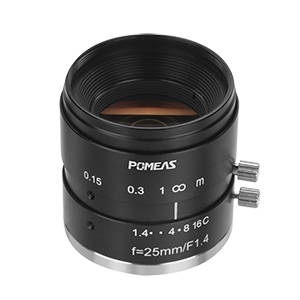
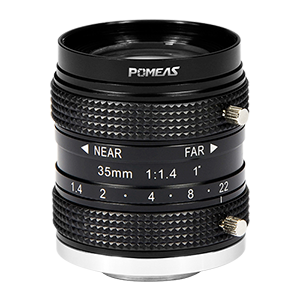
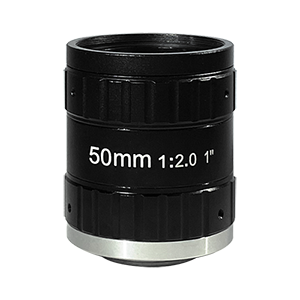
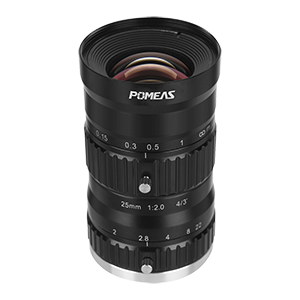
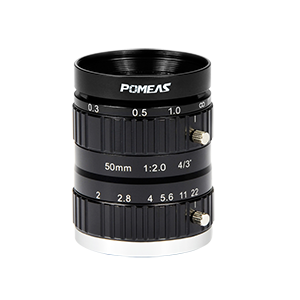
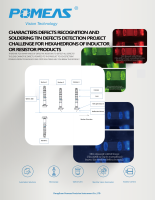



 ASK POMEAS
ASK POMEAS  PRICE INQUIRY
PRICE INQUIRY  REQUEST DEMO/TEST
REQUEST DEMO/TEST  FREE TRIAL UNIT
FREE TRIAL UNIT  ACCURATE SELECTION
ACCURATE SELECTION  ADDRESS
ADDRESS Tel:+ 86-0769-2266 0867
Tel:+ 86-0769-2266 0867 Fax:+ 86-0769-2266 0867
Fax:+ 86-0769-2266 0867 E-mail:marketing@pomeas.com
E-mail:marketing@pomeas.com
